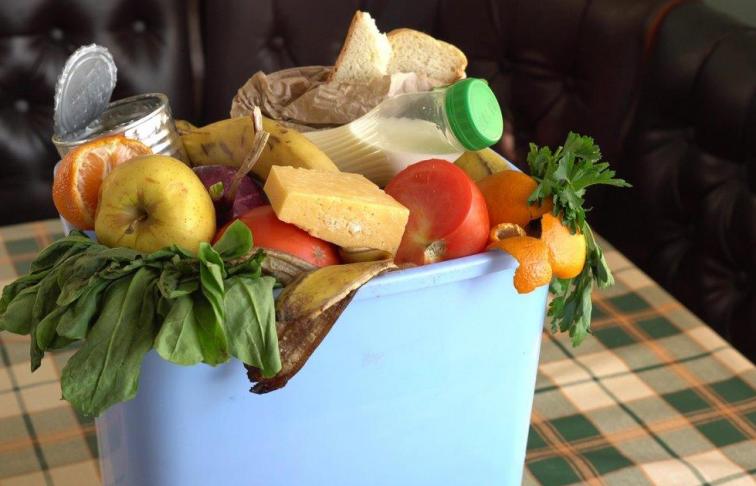Manage your account and see your money through our mobile banking app or on your computer through our website.


Across the world, around 1/3 of food produced is wasted. On average, every one of us in the UK wastes approx. 77kg of food a year but we’re not even in the top ten food wasters per capita.
Some of the most wasteful parts of the world are also those with the most poverty, disparity and hunger. The problem isn’t necessarily that too much food is being produced; more complex logistical, economic and social frameworks are at the root of food waste.
Some enterprises are attempting to tackle the problems of food waste in the UK with a few innovative solutions. There are cafes and food banks popping up around the country specially dedicated to using food that would otherwise have been thrown out – food that is past its sell-by date but not its use-by date; leftover perishables at the end of a shop or restaurant day, and often with a ‘pay as you feel’ policy.
Several apps have been developed to try and find homes for waste food. Olio allows individuals to advertise their household leftovers for others to collect – whether it’s a large or small amount, any amount of food saved represents saved food, saved money and, for some, the difference between being well fed or being hungry.
Too Good to Go is another app-based distribution solution – this time allowing businesses – shops, restaurants and even producers – to find homes for food that would have been wasted without even being sold. Suppliers can sign up to Too Good to Go’s food collection service, reducing their costs, their contribution to landfill, giving them access to rewards schemes, and simply making themselves a more ethical, sustainable business.
These apps can really help reduce overall food waste, but unfortunately it’s household food being thrown out that makes up the bulk of the problem. The numbers improved somewhat during lockdown – perhaps less access to supermarkets and more time in the home meant that we were more mindful of using the contents of our fridges and cupboards.
A challenge to our mindset is needed, if we’re going to tackle household food waste. Using out-of-date food or finding creative ways to use up food that might be a little past its best might take a little more time and thought at first, but it can quickly become second nature. Some may feel concerned about the concept of using out-of-date foods; and certainly, there are foods that need to be eaten within date and stored carefully to avoid potentially serious food poisoning. The key to knowing the difference is to understand labelling:
Aside from food safety, there is also a stigma around using unwanted or leftover food. Some may worry whether collecting waste food has any implications about their financial or social status. We should start to be proud of ourselves when we don’t waste food, when we find creative solutions to using those tins that have been in the back of the cupboard just a little too long, or buying, receiving, or giving food that would otherwise go to landfill.
Distributing unwanted food to avoid waste is about giving, whether that’s giving our own unwanted supplies to others, or whether we’re just giving back to the planet by avoiding waste.